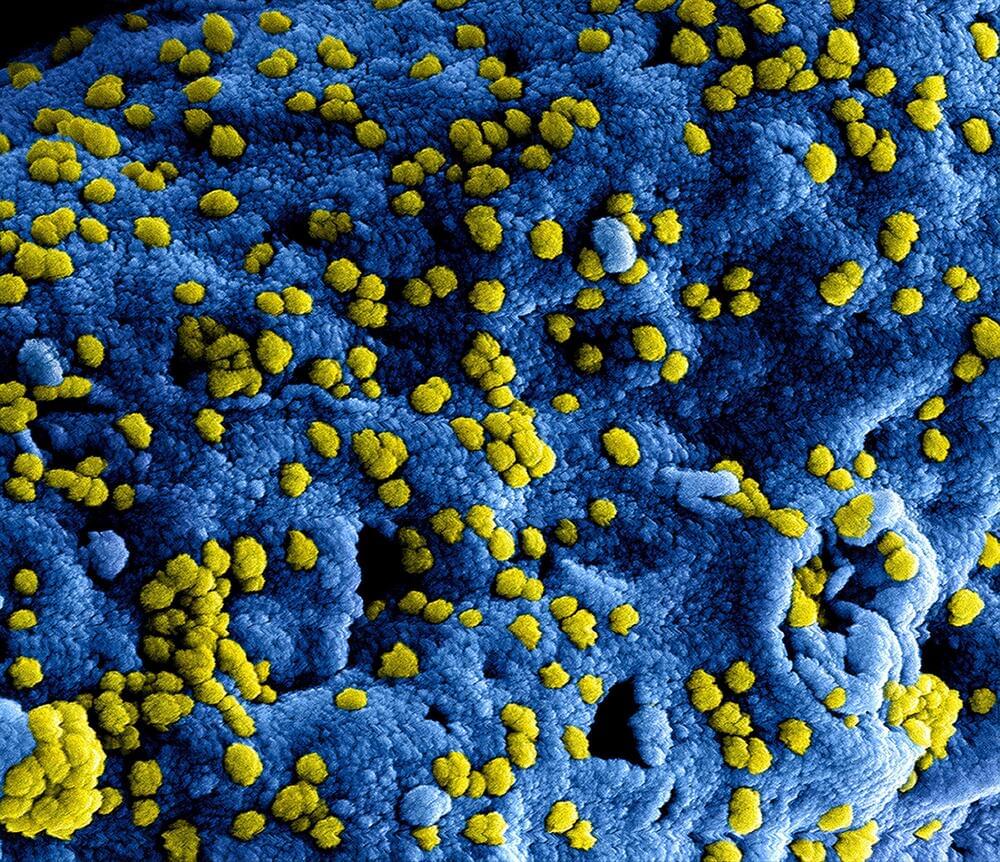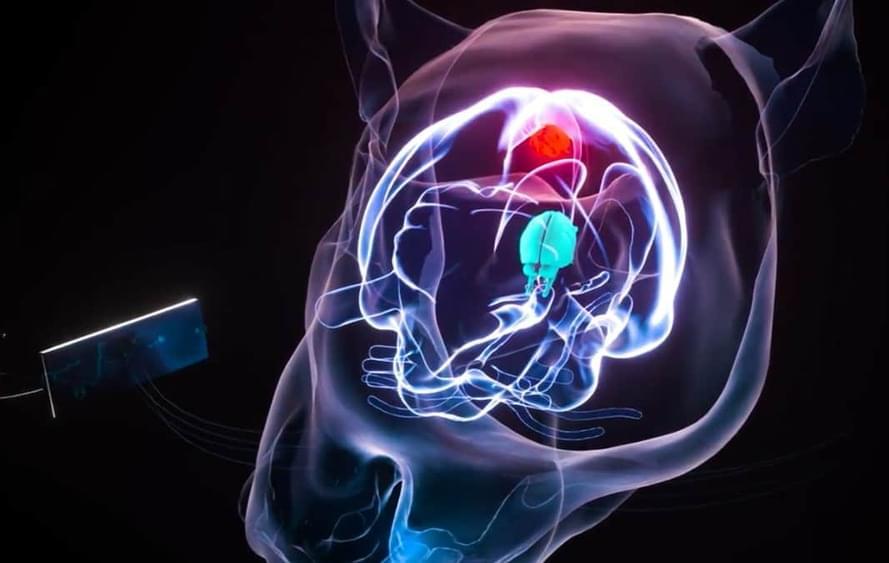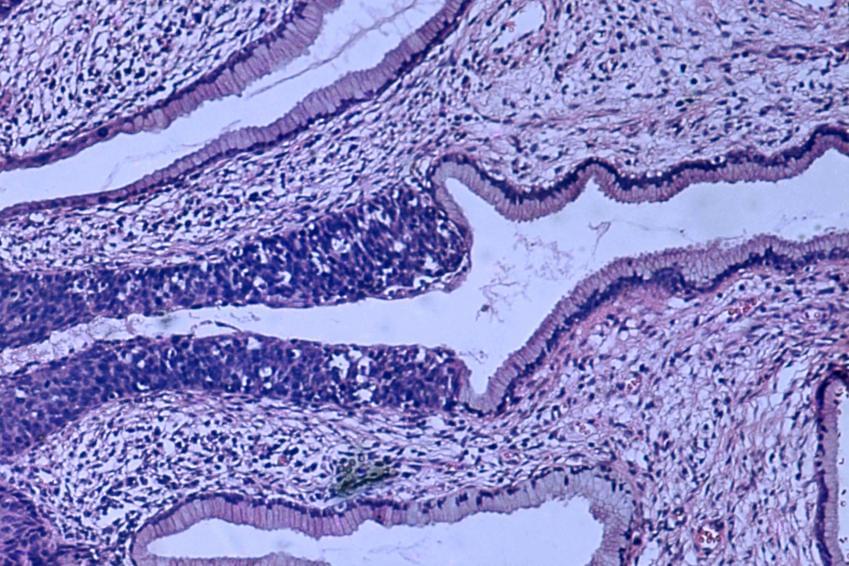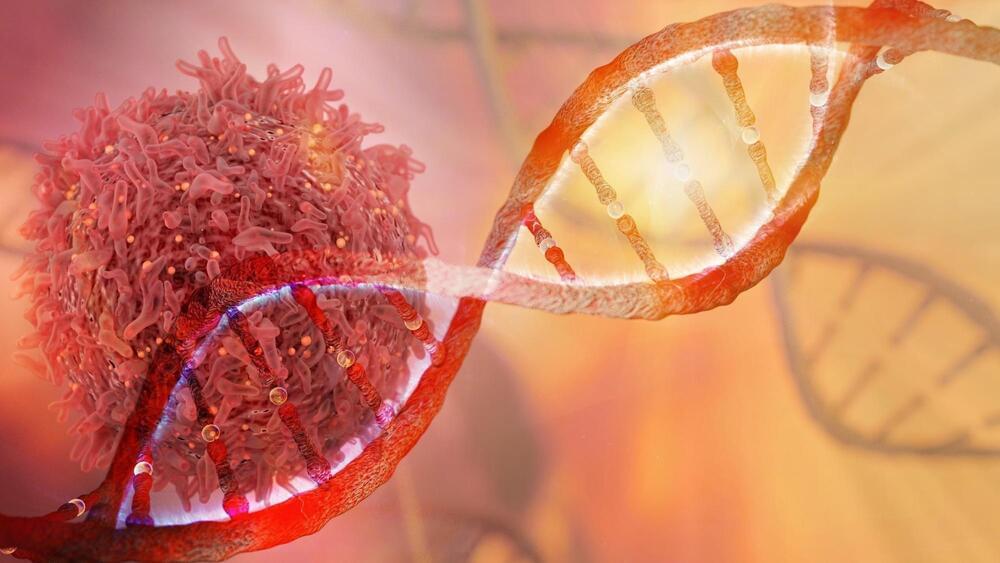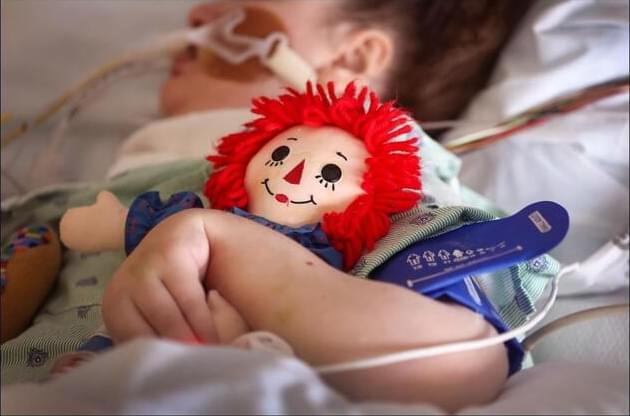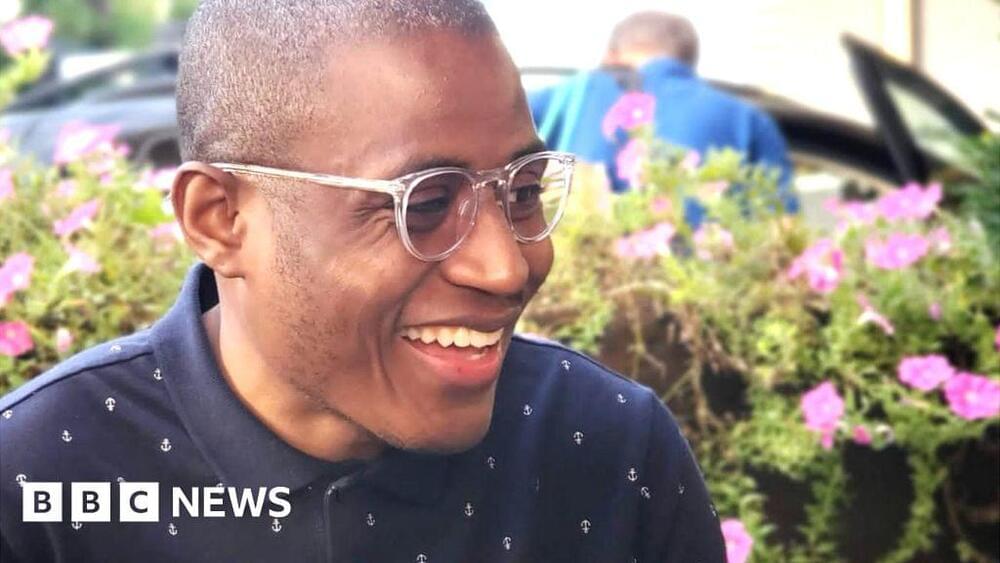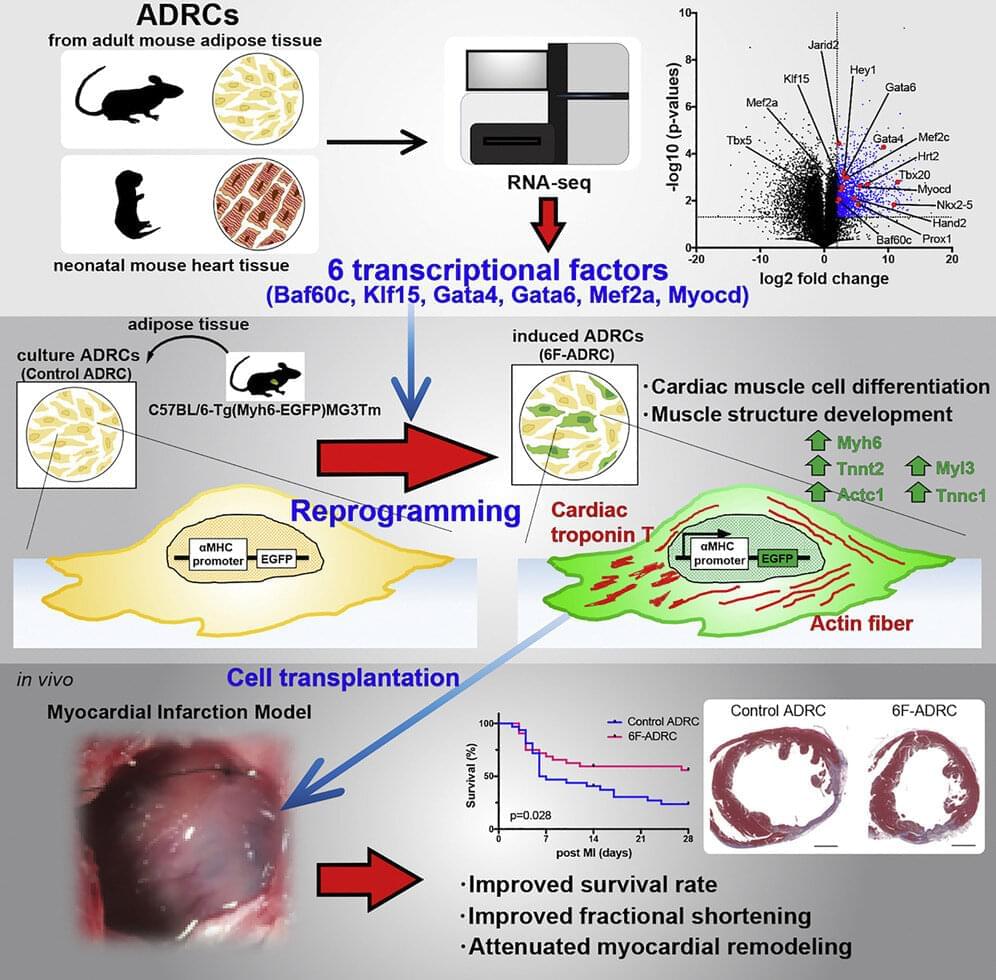Infectious diseases expert George Thompson has been studying and treating fungal diseases for over two decades. He monitors their spread, symptoms and relative risks. Lately, he has been more concerned about a rising threat: the spread of disease-causing fungi outside of their traditional hot spots.
In a commentary published in Annals of Internal Medicine, Thompson and his co-author from the Mycotic Diseases Branch at the Centers for Disease Control and Prevention Tom Chiller raised the alarm. They noted the expanding presence and emerging risks from three endemic fungal diseases: histoplasmosis, blastomycosis and coccidioidomycosis (Valley fever).
“These three fungal diseases usually inhabit specific U.S. regions conducive to their survival,” said Thompson. He is a professor at the UC Davis School of Medicine in the Department of Internal Medicine, Division of Infectious Diseases, and the Department of Medical Microbiology and Immunology. “Recently, we are finding more cases of these diseases outside their known areas, taking clinicians and patients by surprise.”
